Pangolier is a mobile brawler in Dota 2 who skates across fights, breaks formations, and buys space for his team. He ignores turn rate for actions, so he can cast, move, and itemize fluidly while facing any direction. With quick dashes, a protective crash, and a rolling ultimate that chains stuns, he excels at starting fights and chasing down split targets.
He is fragile in the first minutes and hates long disables. Once he hits level six and picks up a couple of key items, the map opens for him. Expect fast rotations, chain control in narrow spaces, and quick wave clear that lets him pressure lanes between fights.
Table of Contents
Pros and Cons
- Pros: High mobility; ignores turn rate for actions; repeated knockback and stuns with Rolling Thunder; strong burst windows; flexible item choices.
- Cons: Fragile early; vulnerable to disables; mana can feel tight in lane.
Core Playstyle
Pangolier creates chaos and then guides it. He darts forward with Swashbuckle, applies Lucky Shot for armor reduction and attack slow, and lands Shield Crash to absorb damage. At level six, Rolling Thunder gives him spell immunity while he barrels through enemies, bouncing off walls for repeat stuns. He shines when he cuts off retreats, fights near terrain, and arrives first to skirmishes.
Early, play safe. Once you unlock level six, look for ganks. Between fights, clear waves quickly to fund your next item. Keep teleport ready; your kit swings team engagements whenever you show up on time.
Role: Initiator and Ganker
Pangolier spikes at level six. Rolling Thunder makes him a reliable starter because the roll itself provides immunity and displacement. Use Blink Dagger to appear at the ideal angle, or start from fog behind trees. Shield Crash during the roll grants a damage barrier and helps you hop over walls to maintain contact. Swashbuckle cancels the roll, so use it as a finisher or a reposition tool when you need instant control in a small area.
Sustaining items support this style. Arcane Boots or Guardian Greaves keep you casting through long fights. When chain control is more important, Diffusal Blade and Skull Basher add slows and stuns that fit your combo. If your team wants faster wave clear and reliable damage in scrappy brawls, consider Radiance or Monkey King Bar based on lineup needs.
Role: Carry Variant
As a carry, Pangolier can rush raw on-hit power. Two or even three Javelins amplify Swashbuckle and Shield Crash damage early to mid game, letting you melt most heroes before they fight back. With these items you also clear waves with a single Swashbuckle in many cases, so you farm fast while staying available to fight.
This path shifts your duty from hard initiation to skirmish control. You still roll to start or counter-initiate, but you focus on finishing targets quickly and pushing lanes between pickoffs.
Ability Breakdown
Swashbuckle
Swashbuckle is a vector-target dash followed by four instant slashes in the chosen direction. It can cross trees and impassable terrain, and each hit can trigger on-hit effects such as Lucky Shot, Javelin, Maelstrom, Skull Basher, Abyssal Blade, and Monkey King Bar. These slashes have True Strike and ignore disarms for their damage checks.
Use it to:
- Close gaps, tag multiple heroes, and fish for Lucky Shot.
- Escape through cliffs or woods.
- Secure range creeps in lane.
- Cancel attack backswing and stay ahead of retreating targets.
- Set up Rolling Thunder by getting into position first.
Note: Casting Swashbuckle during Rolling Thunder cancels the roll. Treat it as a commit to ground combat after you’ve lined up a kill or need to dodge quickly.
Shield Crash
Shield Crash is a short hop and slam that damages around you and grants a universal damage barrier per enemy hero hit. During Rolling Thunder or Roll Up, Shield Crash adjusts: it jumps vertically and helps you clear walls or cliffs while rolling. While you are airborne you’re committed, so time it to avoid getting stunned mid-jump.
Use it early in fights to gain survivability, then refresh it as you keep connecting. In tight areas you can land multiple enemies and create a big buffer. With Scepter, Shield Crash also fires Swashbuckle slashes in four directions, boosting damage and procs without cancelling the roll.
Lucky Shot
Lucky Shot is a passive with a pseudo-random chance to apply heavy attack speed slow and armor reduction whenever your attacks or abilities deal damage. It triggers off Swashbuckle hits and most spell instances, even when they deal zero damage due to reductions. It refreshes on new procs rather than stacking.
This passive is your armor shred for physical lineups and your main tool to shut down right-click carries. Early in lane, one point often pays off during dives or extended trades.
Roll Up (Shard)
Roll Up curls Pangolier into a stationary, protected ball that grants magic resistance and lets him turn. You can cast it during Rolling Thunder to brake, re-aim, or wait out stuns and nukes. If an enemy attack lands during Roll Up, you roll briefly in the opposite direction, applying Rolling Thunder effects if you hit someone while moving.
Use Roll Up as a makeshift BKB to absorb magic bursts like Rod of Atos roots or Hex setups. Tap it mid-ultimate to tighten your turning arc and retarget a priority hero.
Rolling Thunder
Rolling Thunder grants debuff immunity, bonus magic resistance, and a basic dispel on cast. While rolling, you move through trees, bounce off cliffs, and knock enemies back on contact before stunning them. In narrow paths—ramps, river, Roshan pit—you can chain bounces to keep foes locked.
The roll fixes your speed and lowers your turn rate, so plan your path. Bouncing off a wall gives a brief turn rate boost and a “ricochet” window to snap your angle. Use Blink Dagger between stuns to preserve facing and secure a second hit. Cast Shield Crash during the roll to keep your barrier high and to vault over obstacles without losing momentum.
Items and Build Paths
Starting:
Take Tango, Healing Salve, and Enchanted Mango to stay in lane. Quelling Blade helps last hits. Iron Branch is efficient and pairs with Tango for more regen.
Early Game:
Boots of Speed for chase. Orb of Corrosion adds slow and armor reduction to Swashbuckle harass. Magic Wand solves short mana bursts. A Javelin spikes your damage and later builds into Maelstrom or Monkey King Bar.
Mid Game:
Arcane Boots support your spam and team sustain. Blink Dagger enables precise jumps for Shield Crash or surprise Rolling Thunder chains. Diffusal Blade adds damage, mana burn, and a slow that keeps targets in your roll path. Maelstrom multiplies your wave clear; maxed Swashbuckle with Maelstrom often clears a whole wave or camp in one cast, speeding up farming.
Late Game:
Monkey King Bar provides accuracy and on-hit damage. Abyssal Blade locks down core targets and can bash from range through Swashbuckle. Boots of Travel solve map presence. Octarine Core reduces cooldowns and improves mana sustain. Arcane Blink restores mana and health on blink and sharpens your engage windows.
Situational:
Black King Bar is often optional due to Rolling Thunder and Roll Up, but it’s a safe choice for counter-initiation in heavy lockdown games. Eul’s Scepter pairs with the roll for repeat stuns and fixes mana. Crimson Guard stacks nicely with your Shield Crash buffer for team durability. Vladmir’s Offering brings auras and lifesteal that stay active while you roll. Vanguard improves early survivability and builds into Abyssal. Linken’s Sphere protects against anti-roll spells that pierce immunity. Manta Style dispels silences and spreads Diffusal burns via illusions. Shiva’s Guard slows wide areas during the roll. Eye of Skadi and Gleipnir both work with Swashbuckle for control; Gleipnir’s root is valuable when you need to pin targets for follow-up.
Lane and Map Approach
Offlane solo or duo is ideal. Before level six, your mobility is limited by cooldowns and mana, so avoid risky trades unless you can secure a Lucky Shot proc and exit with Swashbuckle. After six, play active. Rotate to skirmishes, defend towers, and punish overextended lanes. Between fights, farm efficiently: Swashbuckle plus Maelstrom chews through waves and camps, funding your next timing.
Pangolier should always watch the map. With short cooldowns, he can answer fights across lanes and tip the balance. If you must farm away from the team, push out the wave to force a response, then join the next clash with teleport and Rolling Thunder ready.
Practical Tips
Swashbuckle: Use it ahead of fleeing targets to body-block while attacking. Dashing through a hero applies an extra instant hit, improving your odds to proc Lucky Shot. Versus telegraphed ground spells, time Swashbuckle to dodge during their cast animations. Remember: each of the four slashes can proc on-hits; multiple Javelins stack value, but multiple Monkey King Bars do not.
Shield Crash: Cast it early for the barrier, then refresh it as you connect with more heroes. The radius is larger than it looks, so trust the numbers. Use it right before Rolling Thunder ends to extend momentum and close the last gap.
Lucky Shot: One early point can decide lanes. Against physical carries, more attack speed helps keep the debuff refreshed. The armor reduction stacks with other sources, and the disarm can make Roshan safer for your team when you sustain procs.
Rolling Thunder: Start from fog. Use terrain to bounce and restun. In tight chokes, you can keep enemies locked by chaining wall hits. Blink after a stun ends to restun cleanly without losing direction. If you overshoot, Stop Rolling or cancel with Swashbuckle to finish with ground abilities and right-clicks. Roll Up mid-fight to re-aim or tank incoming nukes; it also improves your turn control before you resume the roll.
Patch Notes That Matter
Recent updates increased Swashbuckle’s slash width and moved Shield Crash to physical damage. While rolling, Shield Crash now has a set cooldown based on your ultimate level, encouraging frequent casts during the roll. The level 20 talent shifts to a larger Shield Crash radius, and the level 15 talent now boosts the barrier per hero rather than only reducing crash cooldown.
These changes reward terrain usage, repeated Shield Crash casts during the roll, and positioning that hits multiple heroes for a stronger barrier.
How Pangolier Wins Games
He wins by forcing messy fights on his terms. He jumps first, scatters lines, and turns corners that other heroes can’t. He clears waves fast enough to appear at every key skirmish, then uses walls, ramps, and river edges to trap opponents in a loop of bounces and crashes. If you keep your mana in check, choose items that match the lobby, and respect early disables, Pangolier becomes the engine of every fight.
Welcome to Juked, your premier destination for all things gaming and esports. Stay up to date with Match Schedules, News, and Guides.



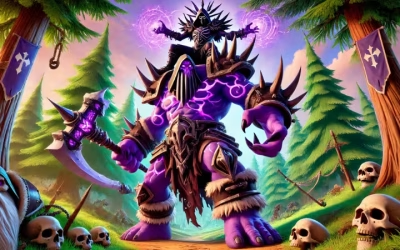
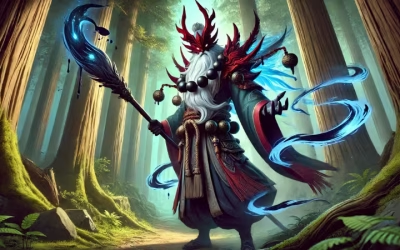
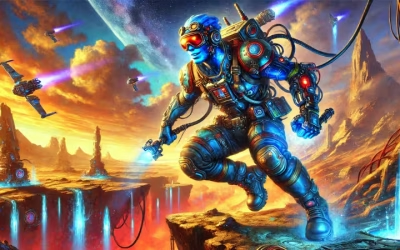
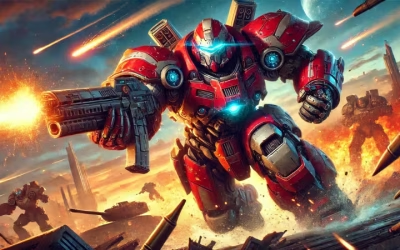

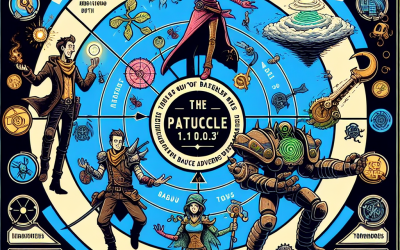
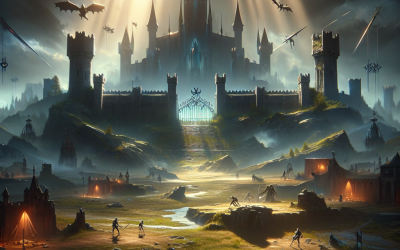
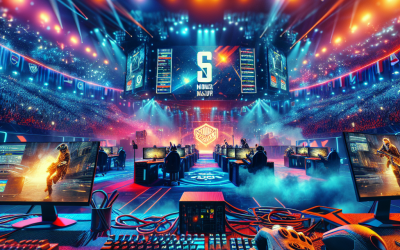
0 Comments